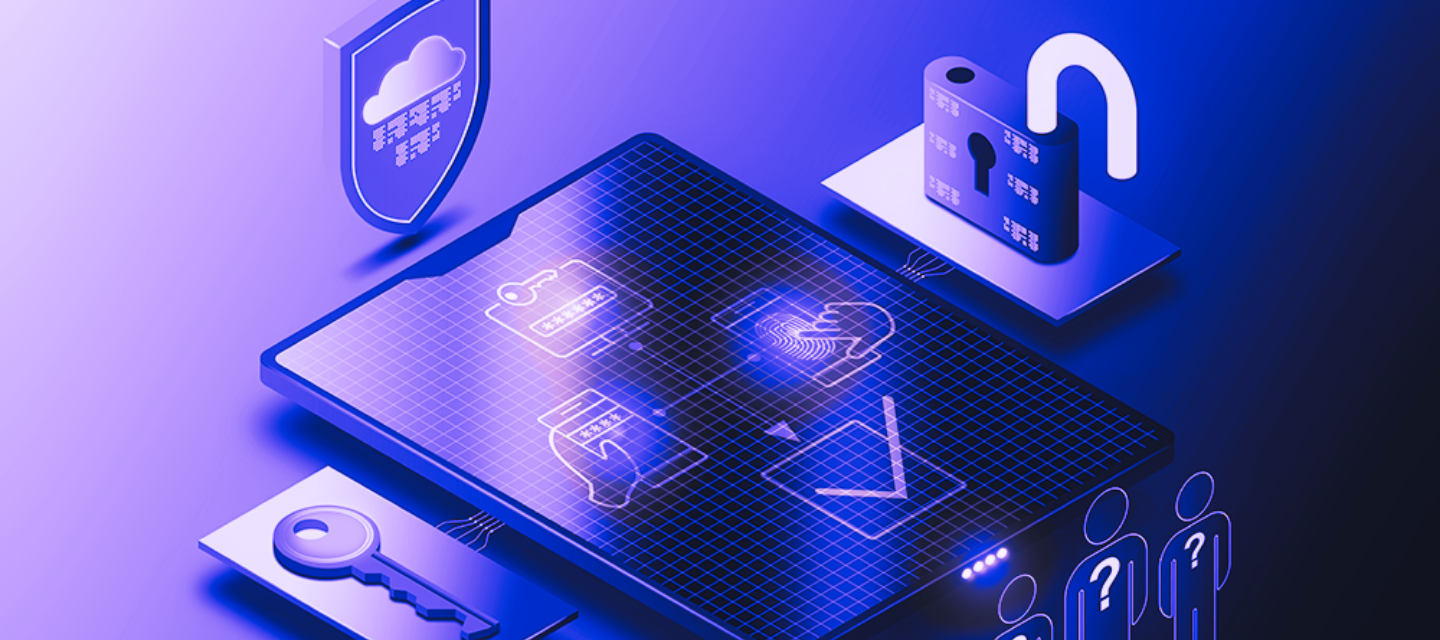Ever wonder if your passwords are the digital equivalent of leaving your front door wide open? In the ever-changing world of cybersecurity, the vulnerabilities of traditional passwords have become glaringly apparent. From commonplace attacks like relaying and spraying to the more sophisticated threats of spear-phishing and pharming, hackers have mastered their skills in stealing credentials and gaining unauthorized access. Enter multi-factor authentication (MFA), a robust electronic authentication method that demands users to provide two or more forms of identity verification before accessing a system.
Unveiling the Layers of MFA
MFA operates on three pillars: something you know like passwords, PINs, something you have like physical objects like keys or smart cards, and something you are- biometric verification such as fingerprints or retina scans. Two-factor authentication (2FA) employs two of these checks, while MFA goes a step further, employing two or more, rendering it a formidable security solution.
The Evolution to adaptive MFA
Traditional MFA solutions could be seen as complicated, but the advent of adaptive MFA has transformed the landscape. This intelligent system analyzes contextual factors like geographic location, login behavior, and device information to determine the level of security needed. This ensures that users are prompted for additional verification only when a login appears suspicious, maintaining both security and user convenience.
Why Your Business Needs MFA
Now we know what MFA is and how it works. Let us discuss the significance of MFA in securing our digital space.
- Shielding Against Identity Theft via Stolen Passwords: Password theft is becoming more sophisticated, with keylogging, phishing, and pharming techniques. MFA acts as a guardian, ensuring your organization remains secure even if passwords are leaked due to credential theft incidents elsewhere.
- Defending Against Weak Employee Passwords: Despite constant reminders, weak passwords persist. MFA puts an end to this vulnerability, requiring multiple forms of verification, making it significantly harder for hackers to breach your network.
- Mitigating the Use of Unmanaged Devices: With the rise of remote work, employees often use personal devices on less secure networks. MFA eliminates the worry associated with compromised devices, ensuring a secure connection to the organization's network.
- Enhancing Other Security Measures: MFA acts as a sentinel, preventing unauthorized access via stolen credentials. This not only allows other security tools to function effectively but also serves as an alert system for any suspicious login attempts.
- Boosting Employee Productivity and Flexibility: The burden of remembering complex passwords can hinder productivity. MFA provides a user-friendly alternative, allowing secure access through various means like fingerprint scans or authenticator apps, promoting flexibility in remote work scenarios.
- Staying Compliant: Regulatory requirements demand strong authentication processes, and MFA ensures compliance with laws governing sensitive data, such as SOX for financial services and HIPAA for healthcare transactions.
Multi-factor authentication solutions are not only affordable but also straightforward to implement. They offer a simple yet potent shield for individual users and the broader business network. Instead of pondering why you should enable MFA, it's time to question why you haven't already taken this essential step in fortifying your business against the ever-present threat of cyber attacks.
If you like this article connect with us to know more. Click here




